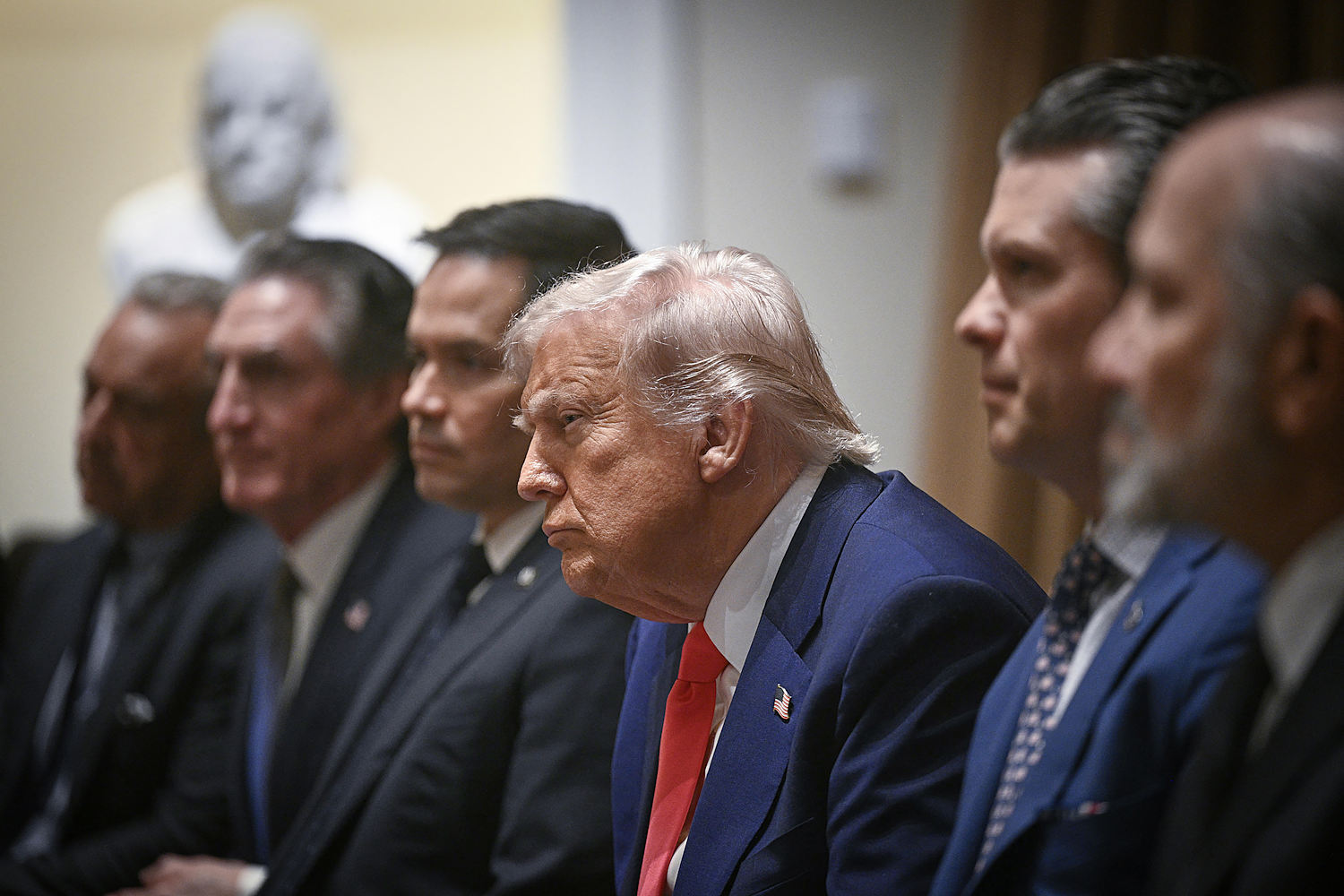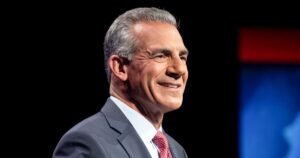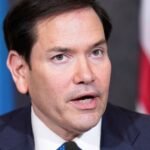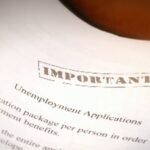Trump’s economy at 100 days: Unprecedented uncertainty reigns

Voters returned Donald Trump to the White House in November believing he would be better for the economy than his opponent, Democratic Vice President Kamala Harris.
Yet 100 days into Trump’s second presidential term, voters now face an economic landscape rife with uncertainty.
Among its attributes: recession odds of as high as 60%, inflation rates that have barely budged and a stock market that, until recently, was beset by volatility.
At issue is Trump’s tariffs strategy.
Though he said throughout his campaign that he planned to impose tariffs on goods brought into the United States, consumers and businesses alike have reacted with shock at what Trump has implemented and the speed with which he has done it: a 10%-across-the-board tariff, 25% duties on autos and auto parts and steel and aluminum products, and duties of as high as 145% on goods from China, the third-largest source of imports into the United States behind the European Union and Mexico.
“A lot of economic policy has been made in these first 100 days — more than any other administration I can think of,” said Mark Zandi, chief economist at Moody’s Analytics.
The tariffs rollout has also been marked by starts and stops, with different rationales offered up for each duty and tariff levels sometimes changing within a single day.
To this day, Trump’s tariffs plan continues to evolve. He has paused the country-by-country tariffs he announced in his “Liberation Day” Rose Garden ceremony this month, which he said has prompted hundreds of countries to approach the United States about signing new trade deals.
And on Tuesday, in a speech marking the first 100 days of his second term, he also softened some of the tariffs on cars and auto parts. During a rally in Warren, Michigan, Trump called it “the most successful first 100 days of administration in the history of our country.”
Overall, the rollout of the tariffs and the uncertainty it has created have caused significant economic and financial turbulence.
Take high prices, which were top of mind for many voters in November. The Federal Reserve’s preferred measure of price growth remains stuck at about 2.5%. While that is within range of historical averages, it is above the central bank’s official 2% goal. Grocery price growth surged in the initial weeks of Trump’s administration amid soaring egg costs, but they have since come down.
Still, across-the-board 10% tariffs Trump has placed on imports to the United States, along with other duties on countries like China and Mexico from which the United States imports food, could raise grocery costs further, some experts say.
You may be interested

More accusations added to federal sex trafficking case against Alexander brothers
new admin - Jun 11, 2025[ad_1] Three real estate brothers accused of a scheme to sex traffic women across multiple states and Mexico were in…

6/10: CBS Evening News Plus
new admin - Jun 11, 20256/10: CBS Evening News Plus - CBS News Watch CBS News Trump's $134 million deployment draws scrutiny; Reporter's Notebook: Power…

Jack Ciattarelli and Mikie Sherrill win primaries for governor
new admin - Jun 11, 2025[ad_1] Democratic Rep. Mikie Sherrill and Republican Jack Ciattarelli have won their parties’ primaries for governor in New Jersey, NBC…






























